All about scarification of lawns
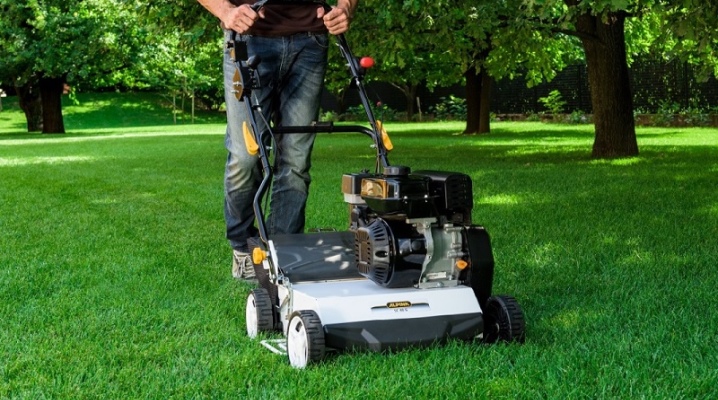
A beautiful lawn will decorate any area. To get a herb that looks like an emerald carpet, you need to make an effort and remember to carry out certain procedures. This is not only fertilization and watering, but also scarification. After it, the lawn will be updated and will look more spectacular.

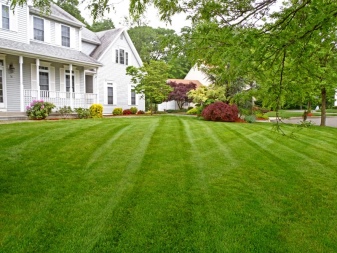
What it is?
Young grass has thin shoots and small roots, air and water flow freely to them, which contributes to good growth. Over time, the top layer of the lawn becomes denser. Also, dust, small debris, and straw gradually accumulate on it. The lawn is overgrown with weeds and moss. All this prevents the grass from growing normally, slows down the flow of moisture and air. The vegetation loses its rich color and begins to ache.
Scarification of the lawn allows you to solve these problems. It is a thorough combing of the grass, which helps to remove debris and straw, as well as cutting through the soil, which ensures that sufficient water and air are available. This care creates a comfortable environment for grass growth and strengthens the sod.
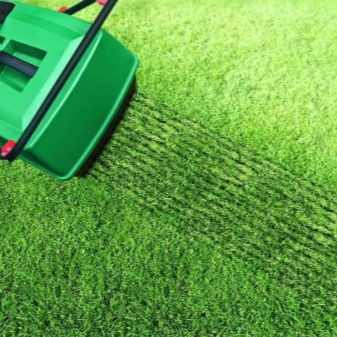
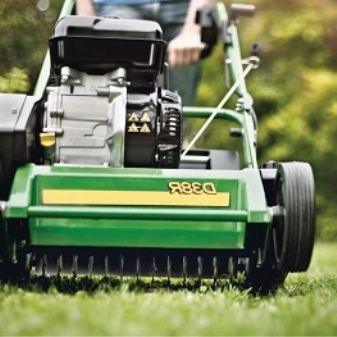
Comparison with aeration
Besides scarification, there are other procedures that a gardener should be aware of. Aeration is recommended. It is a uniform perforation of the soil to provide air access. This can be done manually using a conventional pitchfork, or using an automated device. Cars with an electric or gasoline engine allow you to cope with the work on the site much faster.
While scarification and aeration have similarities, there is a difference between these treatments. The second option is gentle, since punctures do not violate the integrity of the root system. And here scarification with cutting through the soil and thorough combing out of the grass cover has a more noticeable effect.
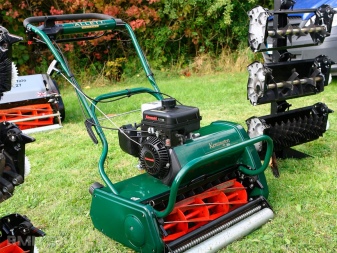
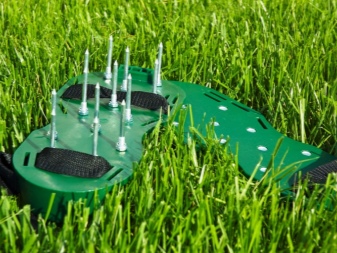
For this reason, aeration can be carried out more often, it will not harm the lawn. However, during dry periods, it is better to postpone this procedure.
Depending on the state of the lawn, age and type of vegetation, a schedule of ennobling measures is drawn up. Scarification is usually carried out no more than twice a year, while aeration can be performed throughout the season, after every third haircut. To make sure it's time to pierce the sod, you first need to look at the length of the roots. If they are less than 5 cm, then they do not have enough air and moisture to grow, so it's time to aerate the soil.

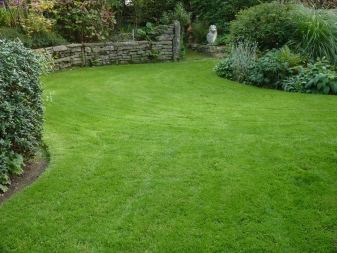
Timing and frequency
Scarification provides significant benefits, but this requires regular maintenance of the lawn. If it was neglected, a lot of straw has accumulated, and the grass has withered, after the procedure you will lose most of the vegetation. In such a situation, this is normal, do not worry - the lawn will be able to recover. However, for the grass to grow quickly, you need to choose the right time of year and weather conditions.
Three factors are considered the most important:
- temperature;
- moisture (rain);
- Sun.
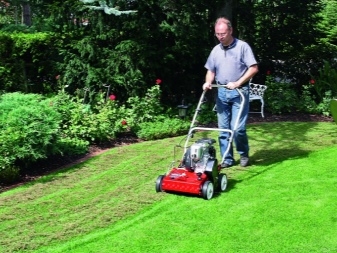
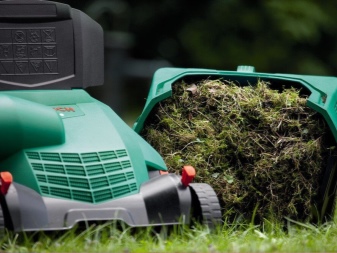
Do not garden work in extreme heat, drought or cold weather. For a neglected area, it is often necessary to postpone scarification until the fall - the reasons for this decision are explained below. If the lawn is well-groomed, then the procedure can be carried out in the spring. Light scarification is usually performed in April. This is the optimal time because the soil is already starting to warm up and there is still enough moisture for rapid growth and recovery.
If the lawn is in disrepair, a lot of straw has accumulated on the surface, there has been a serious infection with moss, or maybe the grass has been badly damaged by drought in the summer, it will take efforts to put everything in order. It is better to start this business in the fall. During scarification, the gardener cuts the soil, removes straw and sprouted moss, so the ground remains open. It becomes an excellent field for sowing new seeds, they will quickly begin to germinate.
But if this procedure is carried out in the spring, the presence of free space and open soil will also promote aggressive weed growth, and autumn processing will help to avoid this problem.
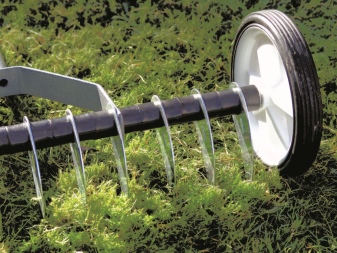
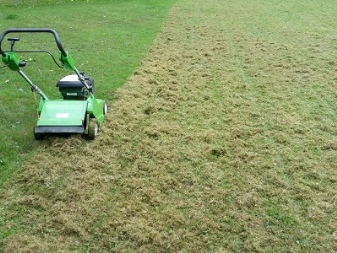
You can schedule scarification for the last days of August, provided that the climate allows it and the weather is not too hot, or you can do this work in September. Also this period is suitable for aeration. If necessary, airing the soil can be done after scarification, but before sowing and fertilization. All this work will allow you to restore the damaged lawn and not worry about being overrun with dandelions or other weeds.
Regardless of the season, scarification is best done in dry weather, in the afternoon. Wet moss and other debris can seriously clog your tools and even damage them. That is why it is better to choose a dry day and wait until noon, when the morning moisture and dew have evaporated.
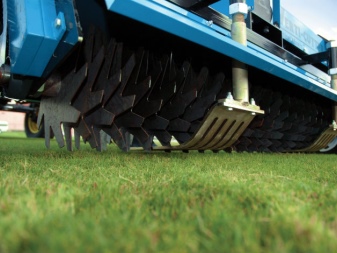
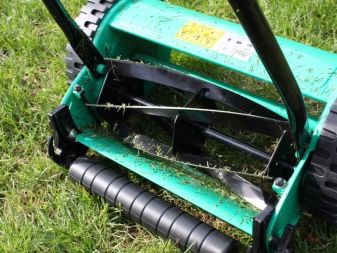
Used tools
Depending on the size of the site, you can use a technique for processing or do everything by hand. This does not affect the effectiveness of the procedure; nevertheless, an electric machine saves time and effort. Some gardeners also use the technique in conjunction with hand tools. In the list below you will find everything you need.
- Lawn mower. Although not used specifically for scarification, cutting the grass regularly will make the job much easier. You can purchase a model with a grass catcher, then the straw does not have to be manually raked after processing.
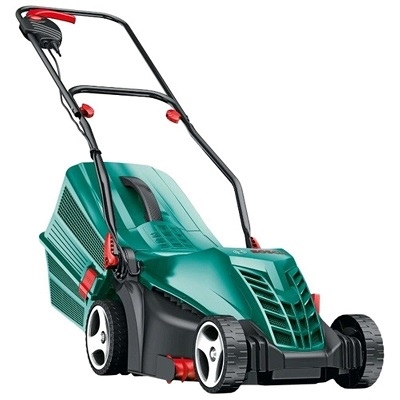
- Moss herbicide. Such vegetation should be removed about a week before the planned scarification. This can be done with the help of a herbicidal agent; after processing, the moss will turn black and dry, so it will be much easier to get rid of it.
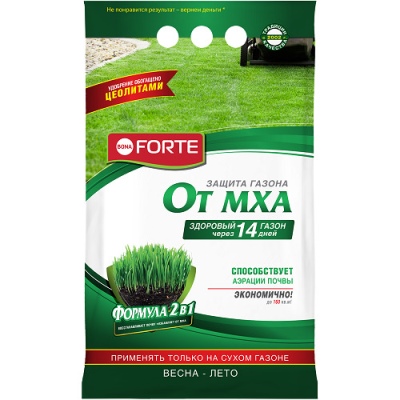
- Weed herbicide. Not everyone has problems with moss, much more often weeds annoy gardeners. There are herbicides designed to combat it. In this case, the treatment of the site should be carried out three weeks before the scheduled scarification.
Before buying, make sure that the product will act on the weeds and will not affect the lawn grass.
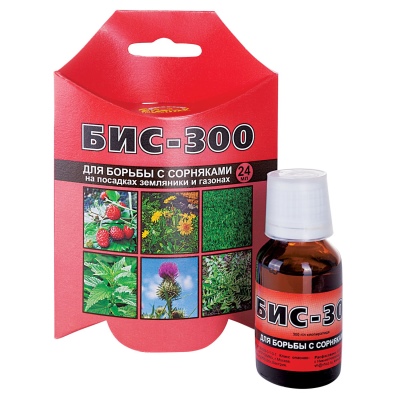
- Scarifier. The tool can be hand-held, with an electric motor or with a gasoline engine. It is unlikely that it will be possible to replace it with any analogs. The models differ in characteristics, so you should focus on the features of your lawn. For a small and level lawn, where there are no bumps and pits, a hand tool is suitable. If you have a medium-sized area, you can purchase an electric one, it is light and quiet, but it needs to be plugged in to work.
Gas powered devices can handle any area and terrain, but they are also the most expensive, heavy and noisy. There are also 2-in-1 models that come with an additional aerator attachment. This function can be provided for electric and gasoline units.
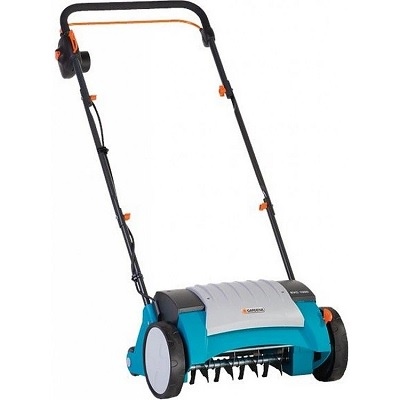
- Rake. They are needed to collect garbage after processing. However, if you have a lawn mower and scarifier with built-in collectors on your farm, manual cleaning is not required.
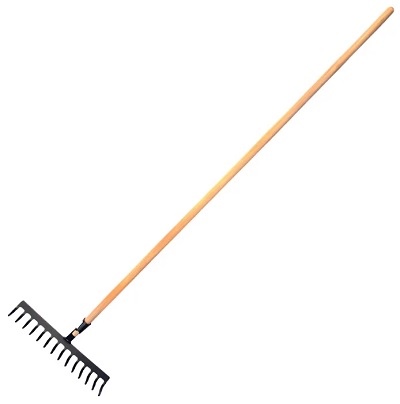
- Seeds. After combing, the lawn will noticeably thin, especially if you have removed a lot of straw and moss. To avoid bald spots, you need to sow some fresh seeds. Use the same herb that came with it.Also add some fertilizer to help the vegetation recover faster.
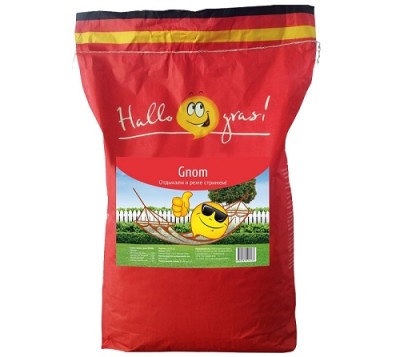
- Spreader. In a small area, you can manually sow seeds and distribute fertilizers, but if the area is large, the work takes a lot of time. In this case, you can purchase a special spreader that will speed up the process.
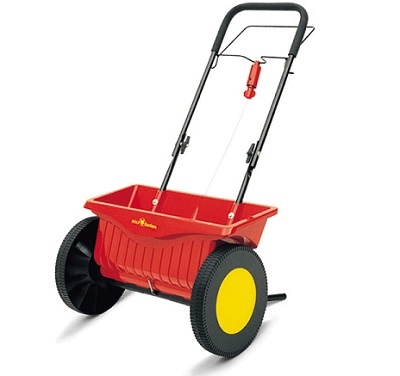
How to carry out correctly?
Scarification is a serious enough impact, so it is important to do everything right so as not to harm the lawn. You can cope with the task yourself, even if you are a novice gardener. The main thing is to follow the instructions and consistently move from one stage to another.
Preparation
There is one more thing that needs to be done before taking out the tool. Start preparing your lawn about 3 weeks before scarification.
- The weeds must be destroyed first. For this, a herbicidal agent is suitable.
- Gradually reduce the height of the grass two weeks before the procedure. This method allows her to be less injured. Gradually adjust the mower settings until the vegetation is 5 centimeters high.
- A week before the main work, it's time to get rid of the moss. Here again the herbicide will come to the rescue. When the moss is dry and blackened, you can rake it out.
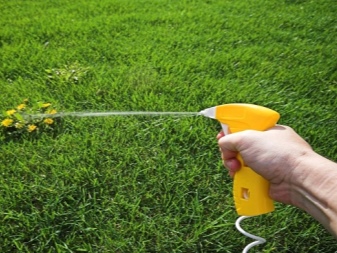
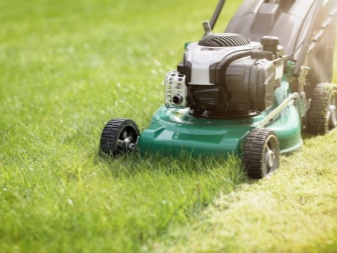
Scarification
Whether you are working by hand or using a motorized tool, proceed with caution. You may need 3-4 passes if there is a lot of straw. For less neglected lawns, two times will be enough. Collect trash after each pass. In the last step, use the blades to carefully cut through the soil at a depth of about 5 mm to prepare the site for sowing fresh seeds.
If you have a manual scarifier, it's easy to use. It is best to start at the corner of the lot and move along the far edge. By tilting the handle, you can adjust the position of the blades when removing straw or cutting through the soil. When working with an electric or gasoline scarifier, it is important to correctly adjust the height of the nozzle.
Make adjustments before you start, otherwise the unit may rip out chunks of turf if the blades go too deep.
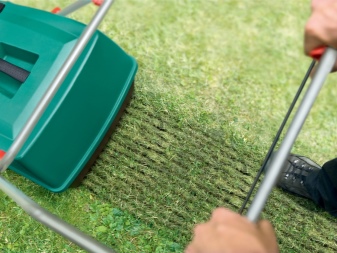

Recovery
After processing, you need to provide timely care for the lawn to make it look better. First of all, sow fresh seeds, then the bald spots will quickly fill with new grass. A dense lawn is beautiful, in addition, so the weeds will not have the opportunity to climb in the freed space. In addition to overseeding, you need to fertilize the soil. An abundant amount of moss or straw is often due to a lack of nutrients. The key ones are:
- nitrogen - is responsible for the rapid build-up of mass;
- potassium - improves general condition, helps prevent disease and drainage;
- phosphorus is necessary at the stage of seed growth, and also has a positive effect on the condition of the roots.
After fertilizing the soil, the new grass will quickly sprout and turn green. Such a measure significantly accelerates the process of vegetation restoration. While the process of scarification may seem daunting at first glance, it is actually not. It is enough to prepare the tools, follow the sequence of actions and regularly care for the lawn so that it is pleasing to the eye.
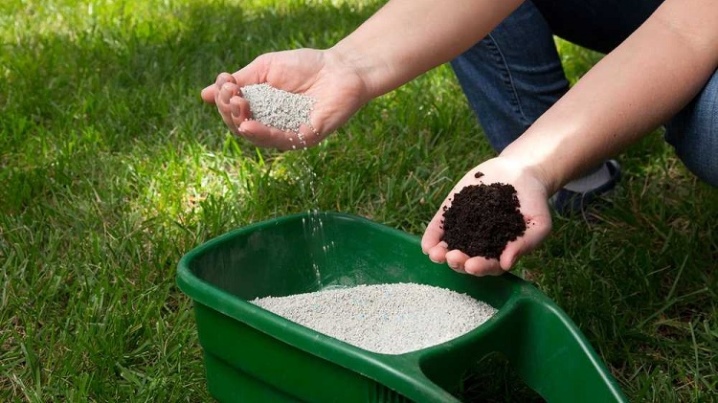
The following video will tell you about the difference between lawn scarification and aeration.



































































The comment was sent successfully.